OPRF art teachers find creative solutions
During the years before the pandemic, art classes have used a hands-on approach at OPRF. However, art teachers are to make sure they can maintain their interactive and feedback-dependent style of teaching.
“Typically, art classes are designed kind of two-fold,” said art teacher Melinda Novotny. “One, there’s always a teacher demonstration of a skill… I’m usually demonstrating a tool or a technique of some sort… then [students] practice the skill, and then they start creating.” In times past, teachers would have the students in the same space as them and be available to provide personalized assistance.
“Art is such a hands-on thing,” said wheel-throwing teacher Bridget Doherty.“[It’s] that sharing element, when you’re in an art class you’re able to share live what someone’s creating. You’re looking to the person next to you and seeing what they’re doing, and you’re learning from not only the teacher, but all of the peers around you.”
Doherty also says, “There’s a lot of teamwork/collaboration that goes on in the wheel-throwing classroom and it’s a little bit different with online learning, (learning is) more individualized, and that connection’s just not there.”
Mark Collins, an art teacher at OPRF, agrees. He said, “Nothing replaces the adult to student interaction. That live interaction, I think, is absolutely the most effective way for learning to happen.” However, despite this notion, art teachers will continue to fight for their students and make sure their needs are met, even while working from home.
Wheel-throwing, as well as most art classes, requires materials for students to work with. The OPRF Art Department purchased art kits with clay, a canvas board, and sculpting tools for enrolled students to pick up at the beginning of the year, at no additional cost to families. There are also extra clay pickup times if students run out of supplies.
Another art class acclimating to e-learning is Graphic Design.
“In a space like graphic design what I really like is that they can share their screen with me, so just like I’d be standing in a classroom looking at their screen, [it] is almost exactly the same as being in the classroom with them,” said Novotny.
As smooth as the teachers have made the transition look, there are still some details to work out. The main complication has been with the accessibility of the graphic design programs.
“I teach [Adobe] Illustrator and Photoshop and all of the things that are like the professional level programs so kids can get to know them and be better off when they get into a college program… it does not run on Chromebooks so we are struggling,” said Graphic Design teacher, Valerie White.
“We can’t teach what we normally teach.” Her proposed solution is “to have a laptop cart…[of] more powerful laptops” available for her students. Providing this resource is similar to how wheel-throwing has clay available, so that all students with or without a personal computer at home can all access the recommended programs. However, this is still an idea in progress. In the meantime, students will be working with freeware programs that are available on Chromebooks.
Additionally the social aspect is a big detriment to students’ success especially in art. “Everyone’s working in the same room… you can call the teacher over and say ‘I’m struggling with this’ and it feels more connected. I think we’re just lacking a bit of that community in the art classes,” said OPRF sophomore Bella Gupta. “It’s the one thing that I really do miss about school, the social interaction.”
Teachers agree with this sentiment. Doherty said, “There’s a lot of teamwork and collaboration that goes on in the wheel-throwing classroom and it’s a little different with online learning, it’s more individualized, and that connection’s just not there.”
During these first few weeks back to school, everyone is finding out what works best for them. “The teachers have been pretty good about answering emails, answering questions, and being really effective with this new learning format,” said Gupta. Every teacher has had to come up with their own solutions to art classes’ unique setbacks, and they have shown they are always working for the best interest of their students.


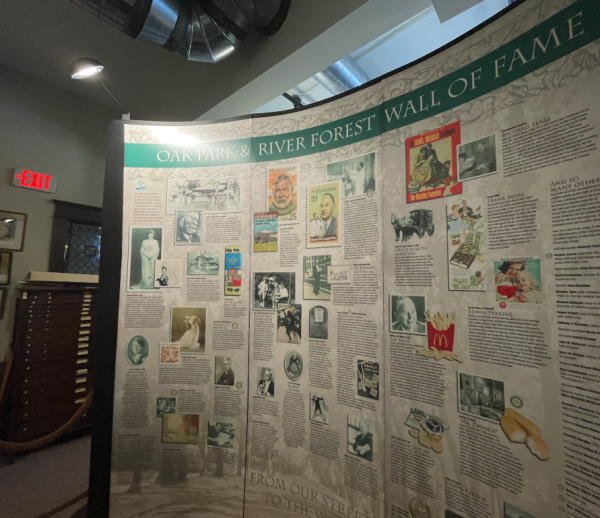
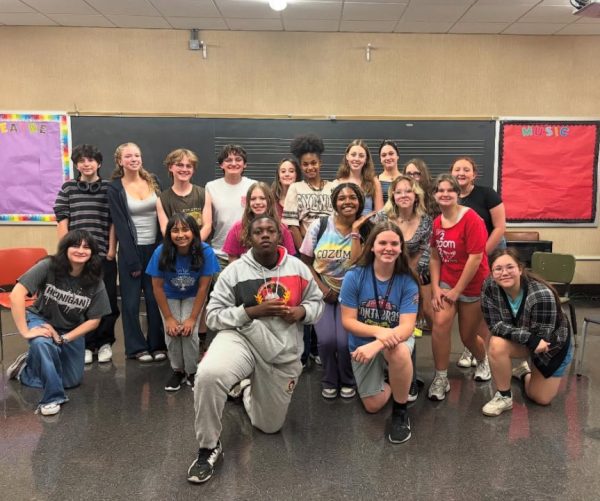
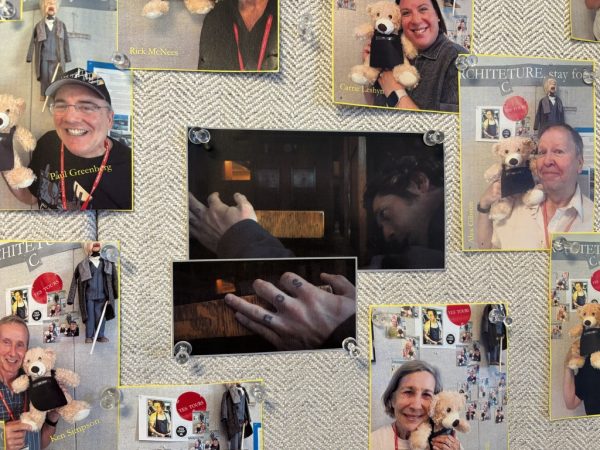
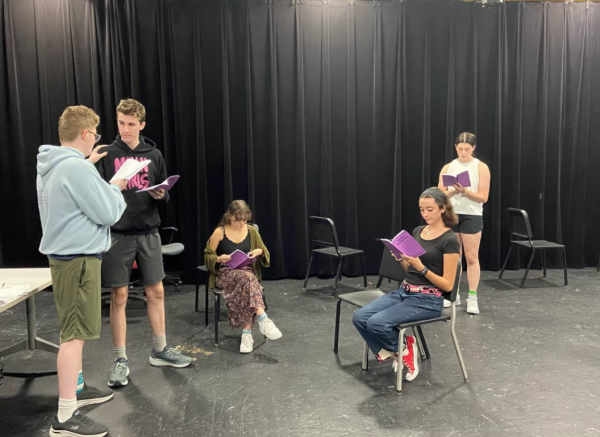
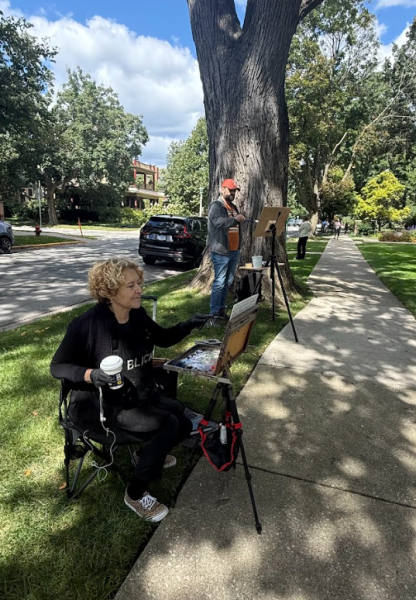
Ruth • Oct 2, 2020 at 11:06 am
YAAAAAAAAS CORA!!! GREAT ARTICLE!!!!!! GOOOOOOOOOD JOBBBBBB BRO!!!!!!